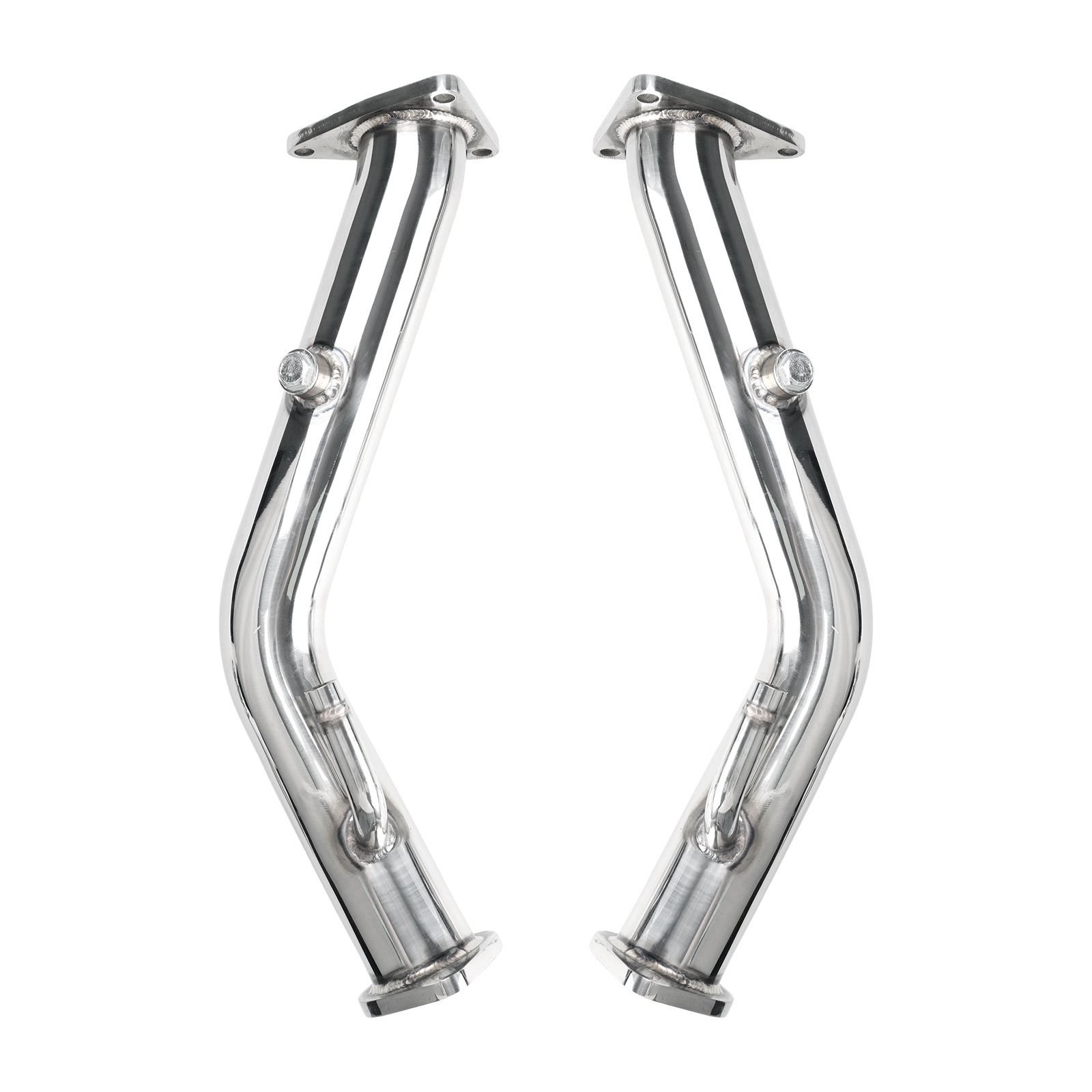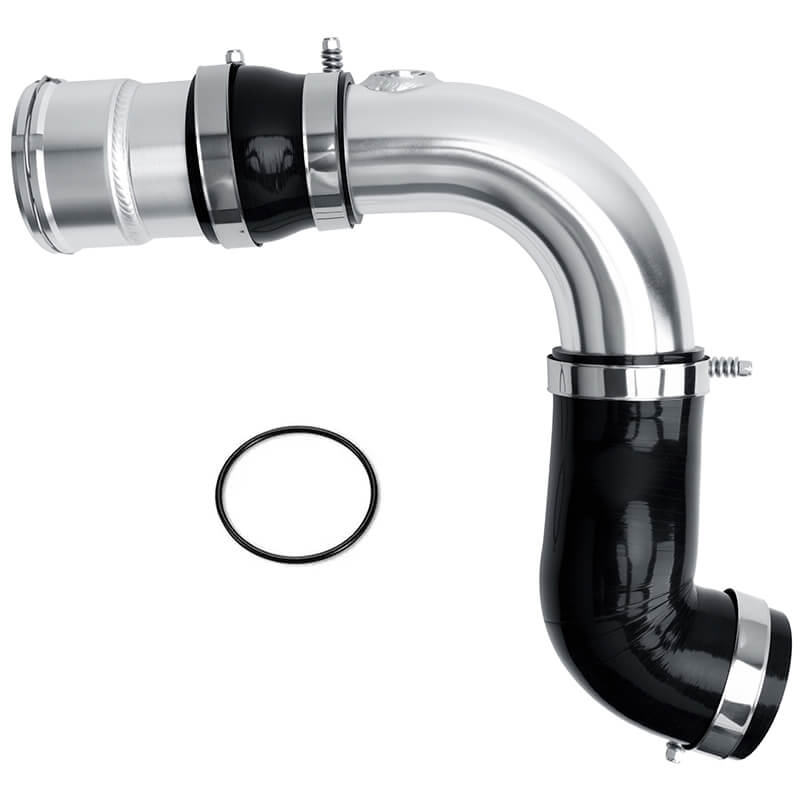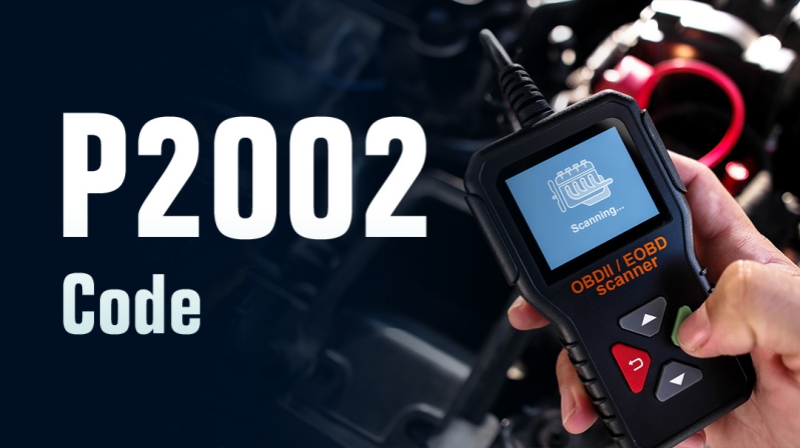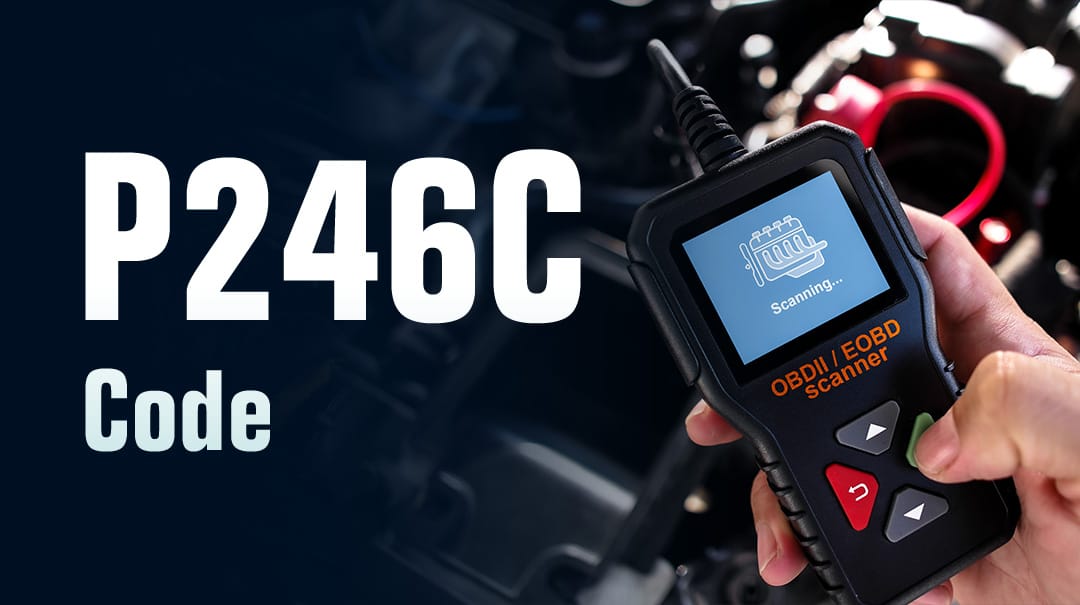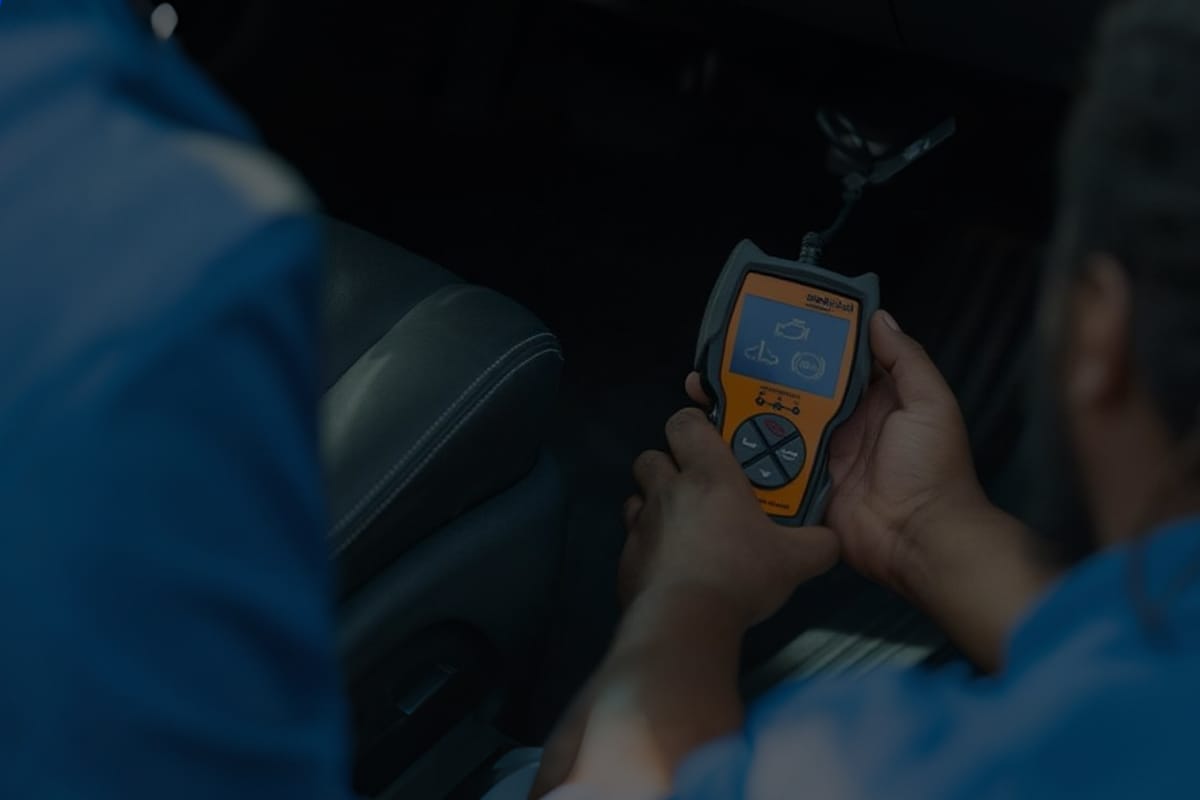Have you ever noticed that when someone brakes, their brake lights flash for a few seconds before turning solid red? Wondering what the deal is with these lights? In this guide, we'll take a closer look at flashing brake lights, including what they are, the potential pros and cons, and whether they're legal.
If you're experiencing problems with your brake lights flashing or blinking, whether it's your hazard lights or your rear brake lights, this guide will also have you covered with troubleshooting tips.
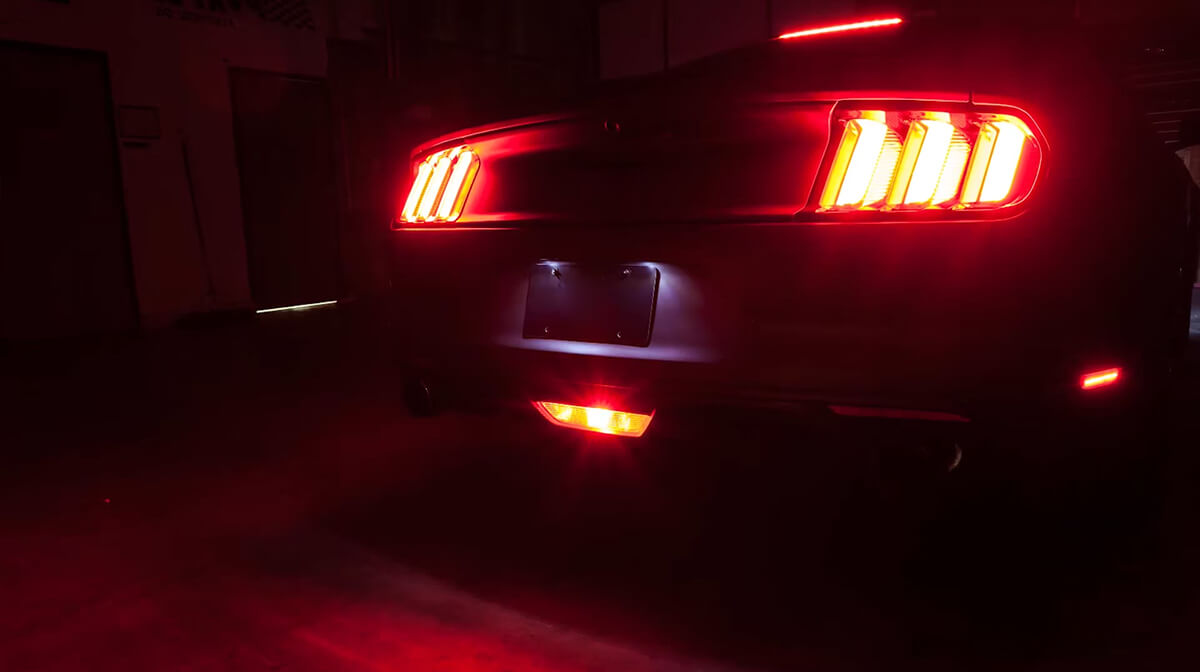
Flashing Brake Lights: What Are They?
Flashing brake lights, also known as strobing brake lights, are brake lights that flash on and off repeatedly instead of glowing steadily when a driver steps on the brakes. The flashing draws more attention to a braking vehicle than standard steady red brake lights.
Flashing brake light systems can be built into new vehicles by manufacturers like some Mercedes-Benz and Volvo models, or added to existing vehicles through aftermarket kits.
Most systems allow the brake lights to flash 4-6 times before reverting to a steady glow. Some only activate the flashing pattern in hard braking or emergency situations. Others can be programmed to always flash the brake lights. Some also called this feature “adaptive brake lights” or “dynamic brake lights.”
Pros and Cons of Flashing Brake Lights
Advantages of Flashing Brake Lights
- A standard illumination for when you’re slowing down and a super bright illumination for when you’re doing a panic stop
- 1. Enhanced visibility and attention-grabbing: The human eye naturally focuses on moving objects. Flashing lights stand out more than static ones, especially in low light conditions. This helps warn drivers behind a braking car.
- 2. Quick communication of intentions: The flashing indicates urgent braking versus normal deceleration. This allows following drivers to react faster. The flashing is intended to prompt other drivers to apply their brakes more quickly, thereby helping to shorten stopping distance.
Disadvantages of Flashing Brake Lights
- 1. Misinterpretation of signals: Flashing brake lights could be confused with turn signals or hazard lights. This may confuse other drivers and lead to poor decisions.
- 2. Annoyance to other drivers: The repetitive flashing may be distracting or annoying, especially to those with sensory sensitivities. The fast blinking pattern pierce the darkness like mad, turning the drive home from the office into a truly annoying one.
- 3. Legality concerns: The legality of these blinking stop light bulbs is in question. Flashing brake lights are restricted or prohibited in some regions. Drivers with illegal systems risk fines.
Is Flashing Brake Lights Legal?
Are flashing brake lights legal in the USA?
The National Highway Traffic Safety Administration (NHTSA) sets federal regulations for vehicle lighting through FMVSS 108. This standard currently allows steady-burning brake lights only.
Are blinking brake lights legal in the UK?
The key regulation is the Road Vehicle Lighting Regulations (RVLR) 1989, which mandates steady red brake lights.
Flashing Brake Light on Dashboard: Meaning and Solutions
Why Brake Lights on Dashboard Come On And Off
- 1. A red light that flashes on and off could signal low/almost empty brake fluid
- 2. A flashing brake warning light on the dashboard could also indicates issues with the hydraulic brake system. Driving with flashing brake dashboard warnings is extremely dangerous. It must be addressed urgently.
- 3. Steady-on brake warning lights typically signify parking brake activation only.
Addressing Dashboard Brake Light Warnings
- 1. Check brake fluid levels under the hood. Low fluid can trigger the light. Top up with DOT approved fluid if needed.
- 2. Inspect the parking brake mechanism for damage or improper disengagement that could activate the light. Release the parking brake to see if the light turns off.
- 3. Complex electrical-hydraulic faults require diagnosis and repair by an experienced technician. Do not try to self-troubleshoot these issues.
Why Is My Brake Light Flashing or Blinking: Causes and Fixes
Several issues can lead to flashing or blinking brake lights when they should be steady. Here are some common causes and troubleshooting tips:
Common Causes
- 1. Faulty lightbulbs - As bulbs age, their filaments weaken and can begin to flicker. Replacing old bulbs is a quick DIY solution. Double check the new bulbs are snug in their sockets.
- 2. Loose wiring - Over time, vibrations can loosen the wires connected to the brake light circuit. Check for frayed or disconnected wires and secure any loose connections. Electrical tape or wire nuts can help.
- 3. Brake light switch - This small switch activates the brake lights when you hit the pedal. If it's worn out, the lights blink randomly. Switches are inexpensive and easy to replace by hand or at a shop.
- 4. Incompatible LED bulbs - LEDs need less power than old-school bulbs, so your car's electrical system might think the bulb is burned out. Not all LEDs play nice with certain vehicles either, leading to flickering or strobing brake lights.
Troubleshooting and Fixes
- 1. Check and replace any burnt-out brake light bulbs. Also ensure bulbs are seated firmly in their sockets.
- 2. Inspect wiring harness connections. Clean corroded plugs and re-attach any loose wires.
- 3. Test or replace the brake light switch if malfunctioning. It's typically located near the brake pedal.
- 4. For LED brake light issues, verify proper load resistors are installed. LEDs may require an appropriate decoder module.
Conclusion
Flashing brake lights aim to boost visibility and safety, but their legality and effectiveness remain hotly debated. Check local regulations before using flashing brake lights.
At last, troubleshoot any unintended brake lights flashing thoroughly, as this indicates potentially serious electrical issues. Careful driving and maintaining safe distances render flashy upgrades unnecessary and keep everyone safe on the road.





















